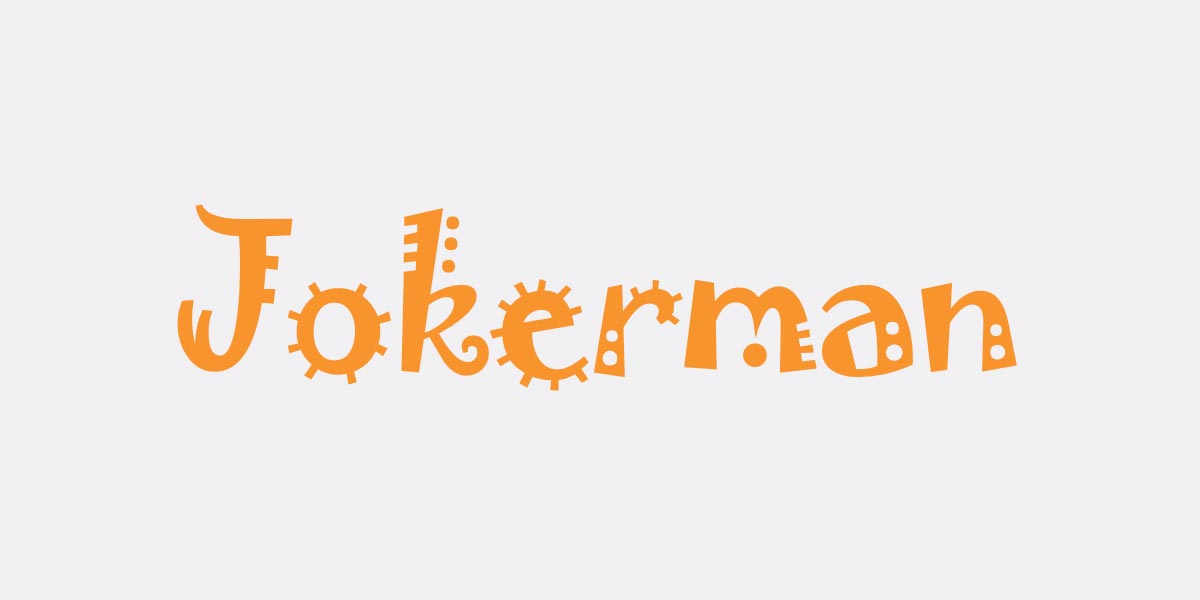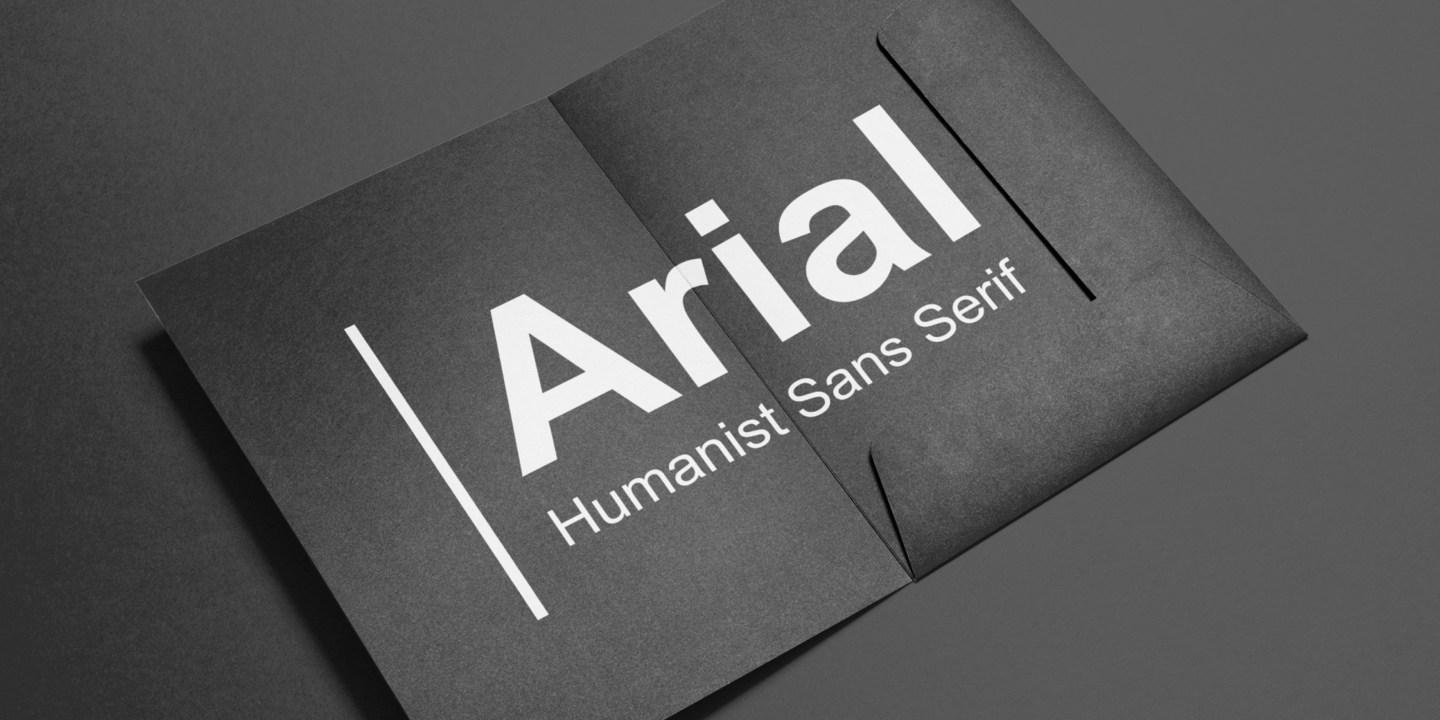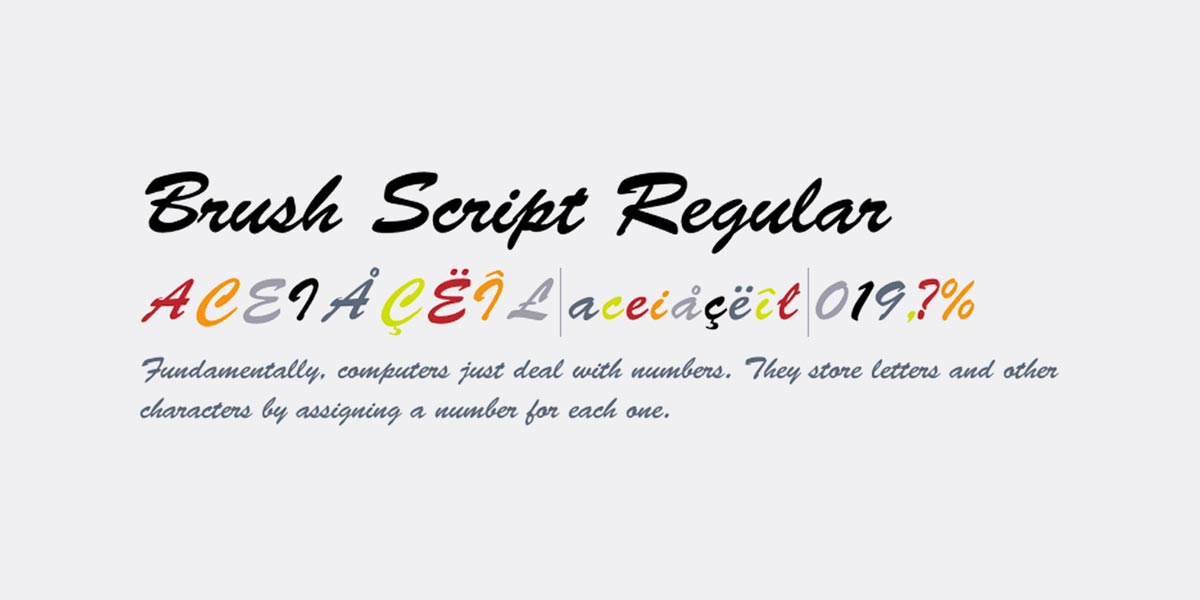One person once asked me: “Why do designers keep making and selling fonts if there is already plenty of them in my Microsoft Office library?” Well, maybe because it features the worst fonts of the type history.
Everything that happens in this world has its reasons. Same about the fonts: they were all created for good and can fit a very particular environment. However misuse and overuse have turned them into a disaster. And although we’d better replace these typefaces with something more versatile and modern, we keep using them.
What makes me feel especially awkward about these terrible fonts is that I see them on business cards, packaging logotypes, or receive emails in Comic Sans from designers (God, why?). Hope you aren’t one of them — and if you are, that’s the right moment to make a cheat-sheet on the worst fonts anyone might use.
‘Playfugly’ Fonts
The name speaks for itself — these fonts pretend to be nice and cute, but what they really are is an ugly, confusing thing. But people keep adding them to their cards and posters, especially addressed to children (as if the real purpose is to prevent a child from forming good taste in visual design).
For some reason, someone (like James Cameron) is still using Papyrus font outside history lessons about ancient Egypt. Or Jokerman font and Curlz MT, which have only one merit — being the most eye-catchy fonts in MS Word. Or Brush Script font, which has billions of more elegant and less boring alternatives. Or my favorite Comic Sans, which helps make a decision about the company and its designer at a glance.
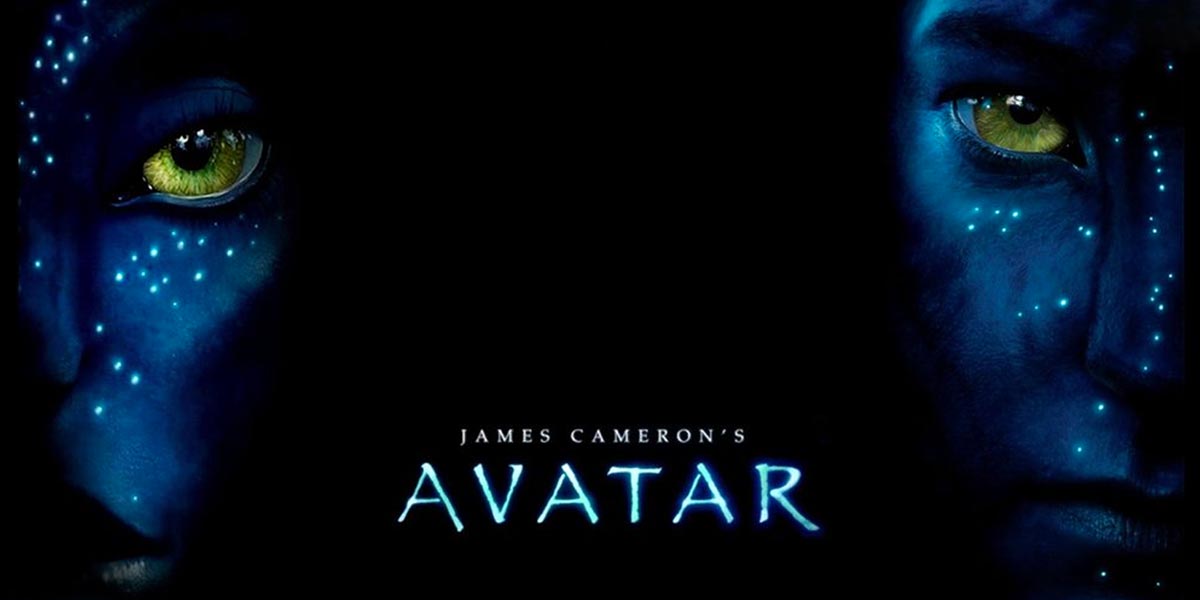
All these fonts were okay in the 90s, but like other stuff from the 90s, they can do nothing in 2020 — just let them live happily in your memories. And stop using MS Word fonts for any creative content, please.
Overused Fonts
Good news: these fonts look fine. Bad news: everyone uses them. Absolutely everyone, from schoolkids to writers. The key to the popularity of such fonts as Arial, Trajan Pro, Courier, or Copperplate Gothic lies in their versatility and neutrality, which seem to be a good sign.
We should make a serious distinction between those who use such fonts for documents and those who use them as a design tool. Obviously, the second option is unacceptable. There are hundreds of sans serifs and serifs with a clean and modern look, so picking something like Times New Roman or Calibri font instead is a crime against good taste. Please, don’t — unless you are a student of a medical college writing your thesis.
Wingdings & Webdings
While it’s quite simple to say what’s wrong Comic Sans and what makes Arial and Times New Roman the worst fonts for a logo, I don’t have a clue why Wingdings and Webdings simply exist. Does anyone here know how to use them? It would be okay if they were just sets of special symbols — but no!
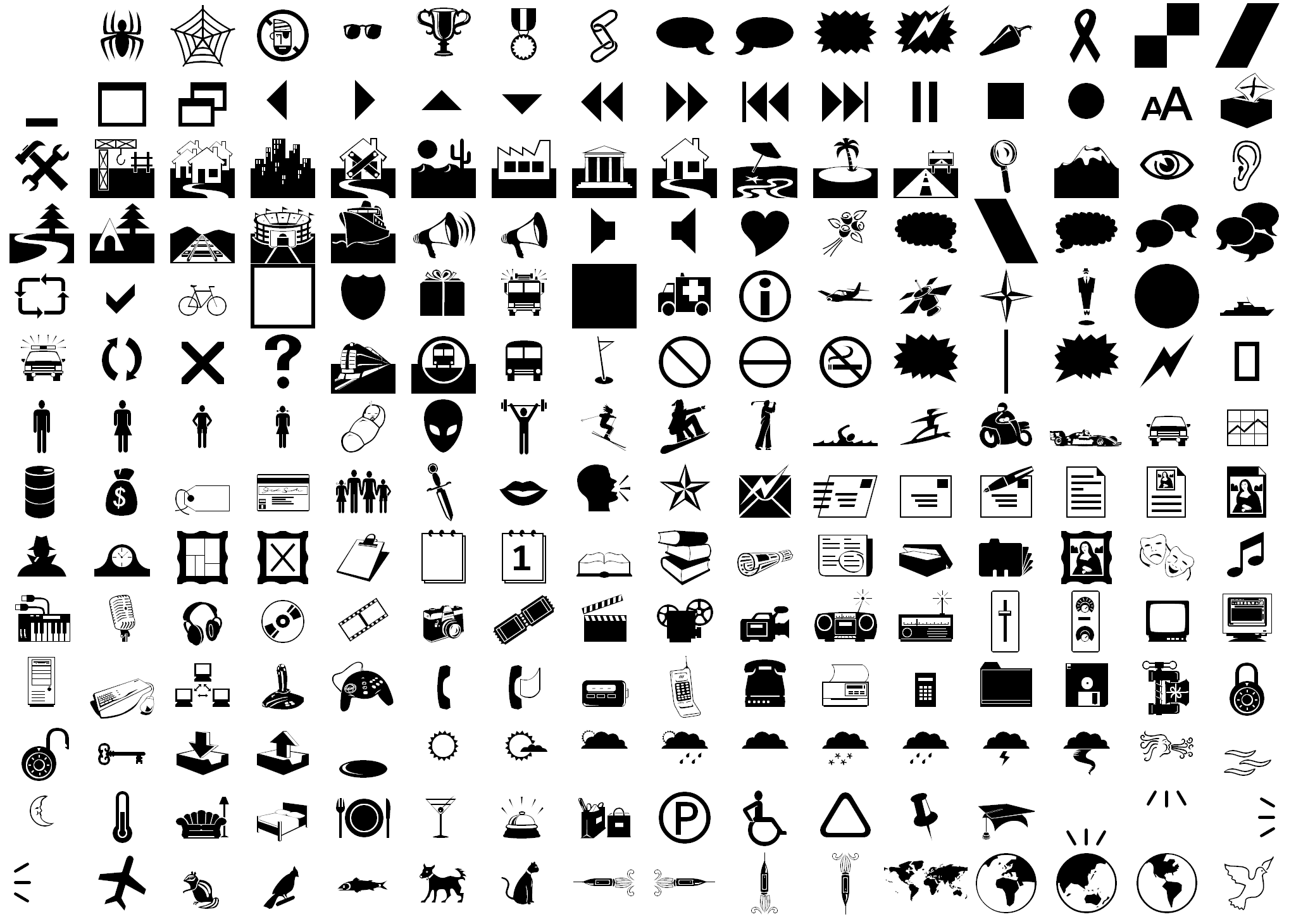
By definition, Wingdings and Webdings (sound like Tweedledum and Tweedledee) are dingbat fonts that should normally deliver ornaments, decorative characters, and spacers. However, for some reason these very fonts come with a huge set of ugly and unpopular symbols like an old Windows logo or ridiculous animal pictograms.
I’m sure you don’t use Wingdings and Webdings, so it’s rather my hint to the folks from Windows. Maybe you should just let them die peacefully?
Pseudo-Sophisticated Fonts
These are the script fonts that look like you’ve seen them somewhere — probably on an ugly greeting card in a supermarket. I frankly don’t have a clue why many designers suddenly decided that any font that is a script font will look elegant by definition. Well, no.
A high-end script font will not make you think of sentimental quotes from female forums — but of proper geometry, beautiful glyphs, and all those perfect pairings you can make with it. And if proper geometry and beautiful glyphs tell you nothing, try choosing best-sellers, the chance of a fatal error is less likely. Don’t thank me.


